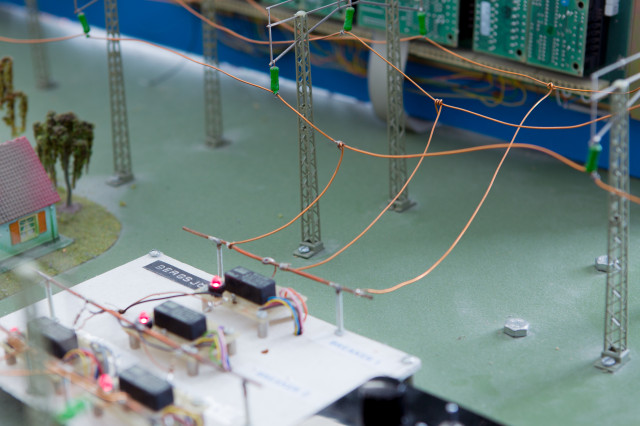- Implantation, Transplantation, Legislation
- Passive/Active Implants, EU Quality Aspects
- Implant Biomaterials
- Orthopaedic Implants
- Cardiovascular Implantats (Passive)
- Active Implants (artificial hearts, pacemaker etc.)
- Implantable Stimulators and Sensors
- Neural Prostheses
HL2005 Implants and Biomaterials 6.0 credits

The importance of implants for health care is growing. In Sweden, 140 000 lenses, 25 000 hip replacements, 7 000 pacemakers, and 3 000 cardiac valves are implanted annually. Examples of successful Swedish enterprises in the area are Pacesetter, Nobelpharma, and Pharmacia. The course encompasses technical and clinical aspects of implants with an emphasis on biomaterials.
Information per course offering
Choose semester and course offering to see current information and more about the course, such as course syllabus, study period, and application information.
Course syllabus as PDF
Please note: all information from the Course syllabus is available on this page in an accessible format.
Course syllabus HL2005 (Autumn 2024–)Content and learning outcomes
Course contents
Intended learning outcomes
The course participants should after finished course be able to:
1. Describe the terminology for the fields of transplantation, biomaterials, and implants as well as describe the law and regulations concerning transplants and implants.
2. Describe the characteristics, function, and clinical use of biomaterials and implants as well as the physiology and physiological interactions governing the function.
3. Reflect over and solve problems related to the function of implants and biomaterials by applying fundamental physical and physiological principles.
4. Critically review an implant or biomaterial and its application.
Literature and preparations
Specific prerequisites
120 credits in natural sciences or technical subjects. 4 credits in anatomy and/or physiology, and 4 credits in electrical engineering. English B/6.
Equipment
Literature
Examination and completion
If the course is discontinued, students may request to be examined during the following two academic years.
Grading scale
Examination
- RED1 - Presentation of Individual Work, 1.0 credits, grading scale: P, F
- TENA - Examination, 5.0 credits, grading scale: A, B, C, D, E, FX, F
Based on recommendation from KTH’s coordinator for disabilities, the examiner will decide how to adapt an examination for students with documented disability.
The examiner may apply another examination format when re-examining individual students.
Other requirements for final grade
Written exam
Presentation of individual work
Opportunity to complete the requirements via supplementary examination
Opportunity to raise an approved grade via renewed examination
Examiner
Ethical approach
- All members of a group are responsible for the group's work.
- In any assessment, every student shall honestly disclose any help received and sources used.
- In an oral assessment, every student shall be able to present and answer questions about the entire assignment and solution.
Further information
Course room in Canvas
Offered by
Main field of study
Education cycle
Add-on studies
SH2320 Radiation Detectors and Medical Imaging Systems, 7,5 cr.
HL2004 Engineering in intensive care and anesthesia, 6 cr.
HL2003 Radiation physics and biology, 6 cr.
HL2002 Medical instrumentation and signal processing, 6 cr.
HL1000 Quality and regulatory aspects on medical devices, 3 cr.